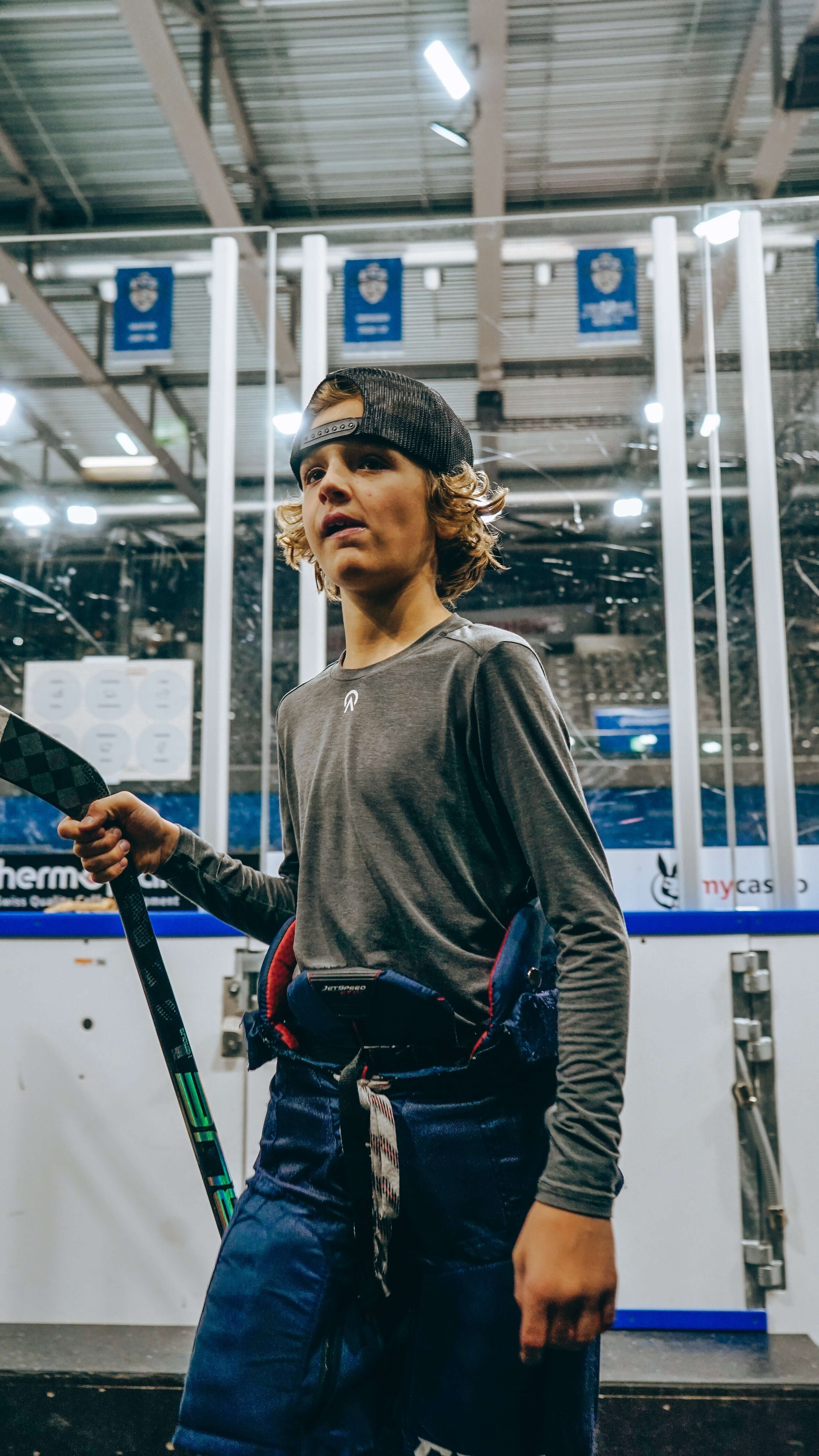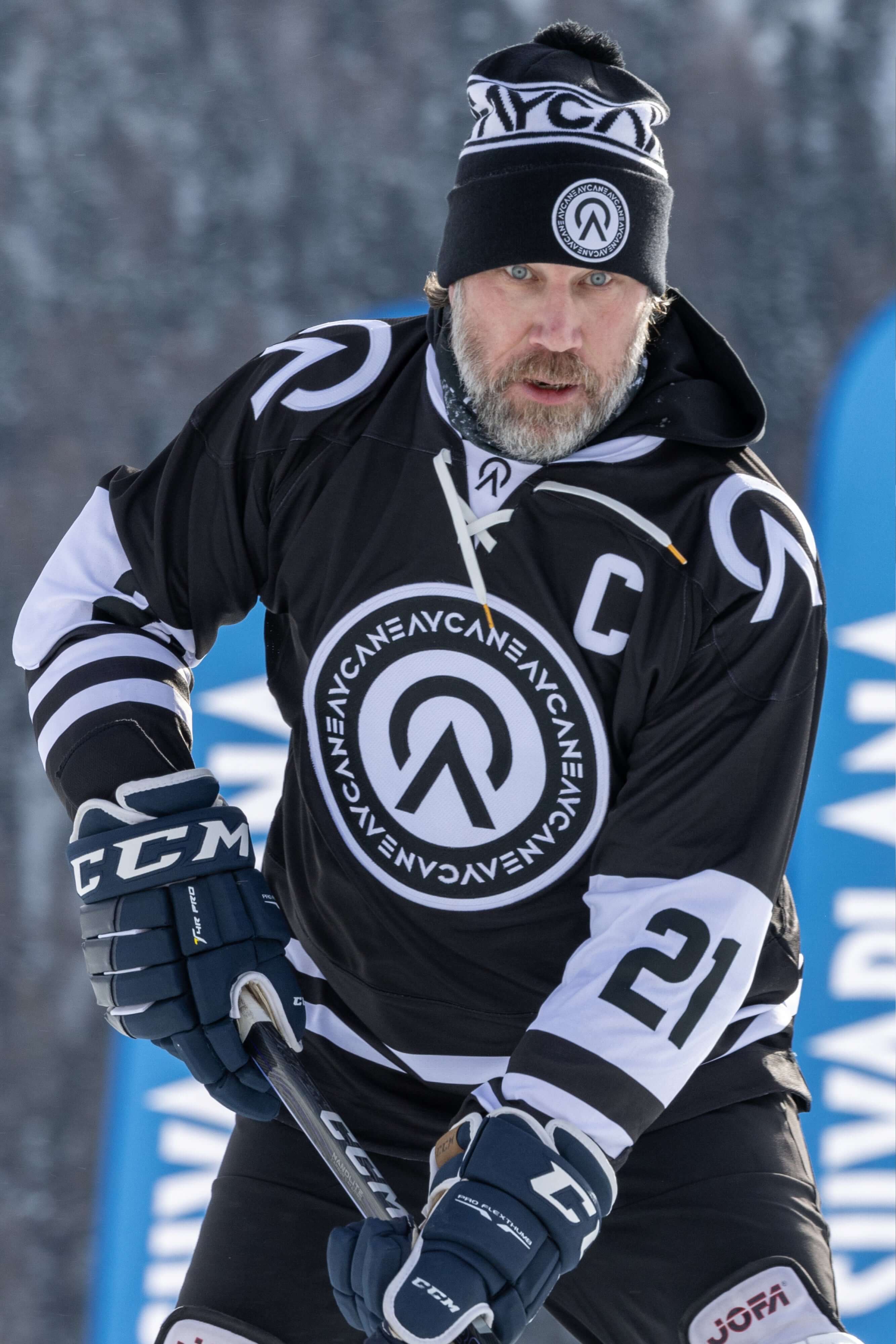The Art of Goaltending: Strategies for Shutting Down Opponents
In the world of ice hockey, goaltending is a unique and critical position that requires a combination of skill, mental acuity, and tactical awareness. A goaltender's ability to shut down opponents and make crucial saves is often the difference between victory and defeat.

In this comprehensive blog post, we will delve into the art of goaltending, exploring the strategies, techniques, and mindset that goaltenders employ to effectively thwart their opponents and ensure their team's success.
1. Understanding the Mindset of a Goaltender
Goaltending is as much a mental game as it is a physical one. A successful goaltender maintains a focused and resilient mindset, remaining calm under pressure and never letting past goals affect their performance.
2. Positioning: The Foundation of Effective Goaltending
Proper positioning is paramount in goaltending. Goaltenders need to read plays and anticipate shots to position themselves optimally in the net. This minimizes shooting angles and forces opponents to make challenging shots.
3. Angles and Net Coverage
Goaltenders control the angles by positioning themselves based on the shooter's location and the puck's trajectory. Effective net coverage reduces the available scoring space and forces opponents to shoot where the goalie is best prepared to make a save.
4. Active Stick Work
A goaltender's stick is a vital tool for intercepting passes and disrupting plays. Goaltenders use their sticks to poke-check, deflect pucks, and block passing lanes, preventing opponents from making clean shots.
5. Rebound Control
Controlling rebounds is crucial to limit second-chance opportunities. Goaltenders aim to direct rebounds away from dangerous areas, allowing their defensemen to clear the puck safely.
6. Butterfly Technique and Flexibility
The butterfly technique involves dropping to the knees to cover the lower part of the net. Goaltenders combine this technique with their flexibility to make saves with their pads, while staying ready to react to unexpected shots.
7. Reading Opponents' Moves
Goaltenders study opponents' tendencies to anticipate their shots. Understanding whether an opponent favors wrist shots, slap shots, or dekes helps goaltenders prepare for different scenarios.
8. Aggressiveness and Patience
Goaltenders need to strike a balance between being aggressive to challenge shooters and maintaining patience to avoid overcommitting. Timing is critical in coming out to challenge and cutting down angles.
9. Communicating with Defenders
Goaltenders act as the eyes from the back of the rink, providing guidance to their defensemen. Effective communication helps defenders anticipate plays and make timely interventions.
10. Facing Screens and Deflections
Goaltenders often face screens, where opposing players obstruct their view of the puck. Learning to track the puck through traffic and anticipate deflections is crucial for making saves.
Conclusion
The art of goaltending is a blend of physical prowess, mental fortitude, and tactical intelligence. A successful goaltender's ability to shut down opponents and make critical saves elevates the entire team's performance.
By mastering positioning, angles, active stick work, and understanding opponents' tendencies, goaltenders embody the heart of a team's defense. With unwavering focus, impeccable technique, and a relentless determination to protect their net, goaltenders embrace the artistry of their position and become the ultimate guardians of victory.
If You Like This Blog Post, You Might Also Like...
























